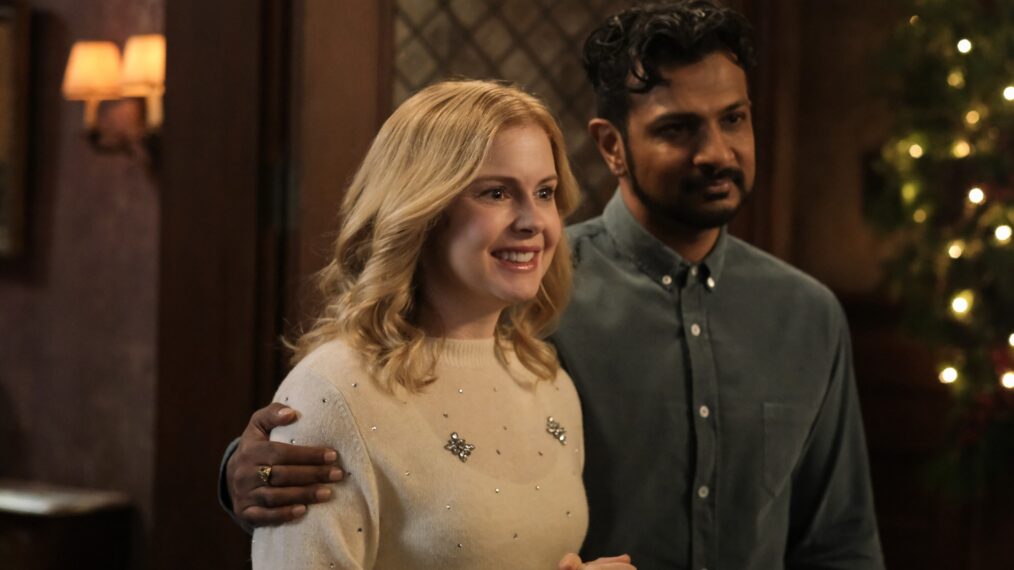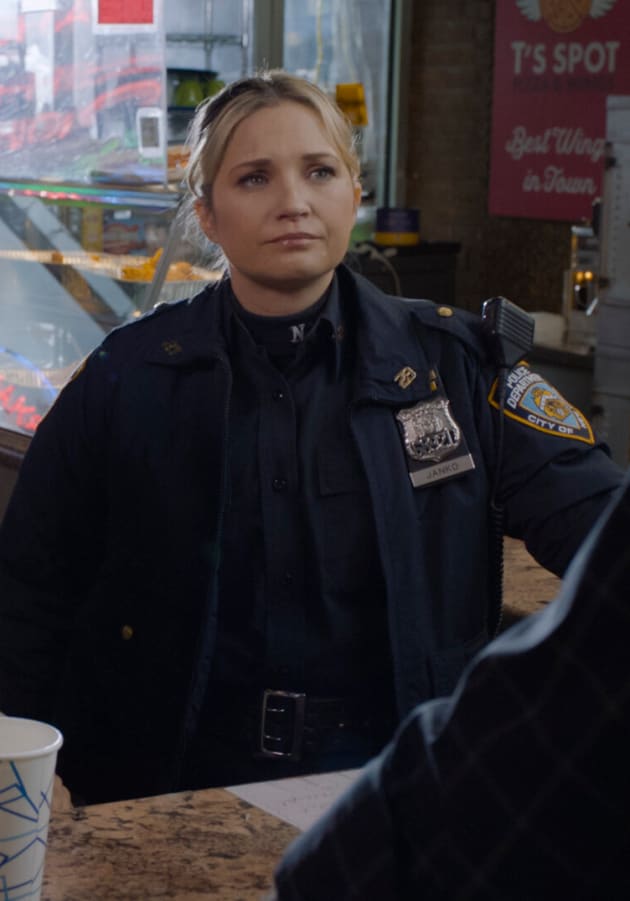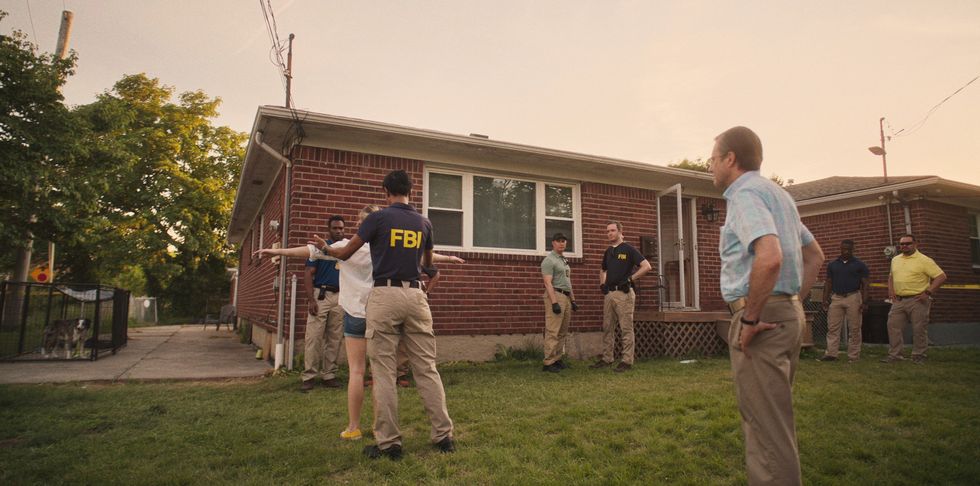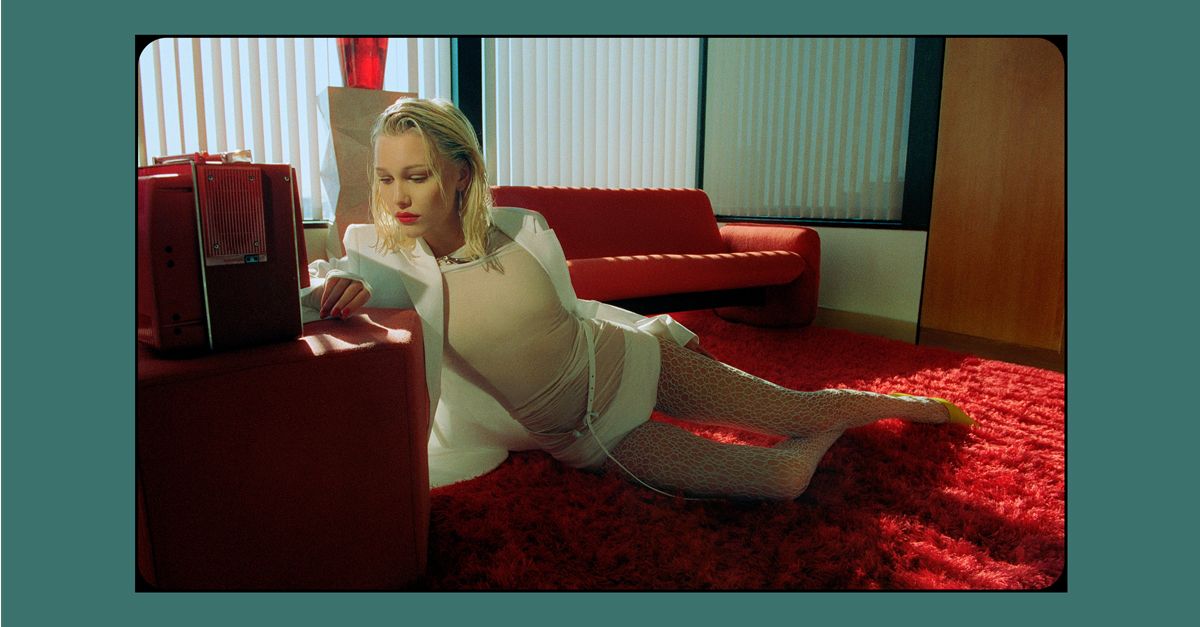Back in June, when this series covered Wild Things, I introduced neo-noirs as a response in the 70s and 80s to the noirs of the 40s and 50s. Historical film buffs will know that the Hays Code, which censored Hollywood films based on moral grounds, dictated edits to plot and character until it was abolished in 1968. This is one of the main reasons why films of the 70s began to lean into more gory, salacious and, yes, sexy material.
The 70s and 80s were ripe with remakes of film noirs because the coded violence and sexuality could finally be brought to the fore instead of hiding it in metaphor and innuendo. We’ll talk about several of these films in later entries of this column, but since it is Noirvember, why not use this opportunity to explore a text that cemented several erotic thriller conventions and tropes?
The Noir film in question is 1944’s Double Indemnity, writer/director Billy Wilder (Sunset Boulevard)’s tale of lust and greed. The film is a classic and essential film noir for many reasons, but chief among them is arguably one of the most iconic femme fatales ever captured on screen: Barbara Stanwyck’s Phyllis Dietrichson.
In the film, insurance salesman Walter Neff (Fred MacMurray) is lured into a murderous scheme to kill a client (Tom Powers) at the behest of the man’s wife, Phyllis. The illicit lovers stage Mr. Dietrichson’s death so that it seems as though he accidentally fell off the back of a train. The plan initially works, but Neff’s intrepid investigator colleague Barton Keyes (Edward G. Robinson) eventually suspects foul play and investigates, prompting Neff and Phyllis to turn on each other.
Double Indemnity works in no small part because of the strong script – a collaboration between Wilder and pulp writer Raymond Chandler and based on the novel of the same name by James M. Cain. Wilder is a masterful director, and the production boasts marvelous chiaroscuro noir lighting and tense framing. (The murder sequence, in particular, is incredibly memorable – more on that in a bit).
It’s not just writing and direction that ultimately cement the film’s status as a classic text, though; it’s the performance by Stanwyck as the sexy, manipulative, cold-blooded femme fatale. Phyllis is a provocateur who is keenly aware of her influence on men: the character is first introduced wearing only a towel, which she actually acknowledges in dialogue. After dressing, Phyllis meets Neff in the living room where he oogles her body, complimenting her anklet (which plays like a humorous combination of both sexual innuendo and Victorian-era sexuality).
Phyllis tellingly mentions accident insurance at their very first meeting, something Neff only catches onto in hindsight. From here on out, she’ll only refer to Walter by his first name, a manipulative tactic designed to invite intimacy. When she invites him back under the auspices of talking to her husband (who she knows won’t actually be home), Phyllis broaches the accident insurance idea again…only she doesn’t want her husband to know.
Neff understands the game immediately, despite her protests, but that doesn’t prevent him from obsessing about her until she turns up on his doorstep that night in the rain. She then “peels” out of her cinched trenchcoat (a classic film noir costume, here reverse gendered) to reveal a tight white sweater that emphasizes her figure.
From this point on, Wilder lights Phyllis’ face differently: he alternates between halo lighting and shadow. Both the costume and the lighting play off the duality of the character and serves to emphasize her seduction techniques, despite dialogue about her bad marriage to an abusive husband. Of course, once the seed has been planted, Neff not only can’t stop thinking about Phyllis, but also how to game the system in order to execute the murder and get both the girl and the $50K pay-out (equal to $846K in today’s money).
One of the most memorable moments of the film is the murder itself. As Phyllis drives her husband to the train station, Neff hides in the backseat until she hits the horn. The murder that follows occurs just off screen; Wilder keeps the camera trained on Phyllis’ face while her husband is strangled in the seat next to her. The black widow simply drives, coolly and calmly, her facial expression never changing. It’s chilling and fantastic.
Phyllis’ muted reaction to a horrific murder is sharply contrasted later in the film by the histrionic performance she puts on in the insurance office. The company suspects foul play and doesn’t want to pay, promptly a full-blown meltdown by Phyllis. It’s a great show, and one that should alarm Neff because her performance is so convincing, but like all noir patsies, Walter fails to consider that Phyllis may have used the same skills on him to instigate a murder plot.
Stanwyck is an even better actress than her character. At the time, she was an Oscar winner, as well as the highest paid actress in the US, and well-known for her work in both comedies and dramas. But she didn’t play villains, so Phyllis Dietrichson was a departure and a risk for her. Famously, it was Stanwyck who suggested wearing a cheap wig for the role (to connote that Phyllis acts classy, but is actually low-rent and basic), but she punctuates nearly every scene with a keen combination of innocence, sexuality and malice.
When Phyllis tells Neff that her husband has broken his leg and Neff argues that they need to delay the murder, she pivots from arguing that she can’t keep living with the status quo (which has no effect on Neff) to appealing to his desire to be with her (which prompts him to reconsider). Shortly after Neff leaves the grocery store where they have their clandestine murder talks, Phyllis stares after him with muted, but obvious satisfaction – she knows exactly how to push the insurance man’s buttons to get what she wants. That’s Stanwyck’s brilliance: she allows the audience to see the wheels turning in Phyllis’ head.
Late in the film it is confirmed that Phyllis not only never loved Neff, she never even cared for him. She sized him up the moment he arrived and played him every step of the way. She was even sleeping with her daughter’s lover the whole time! Phyllis is ruthless, amoral, and feels no remorse for her actions, including shooting Neff when he confronts her in the film’s climax.
Naturally due to the Hays Code, Phyllis also has to die, but Stanwyck’s performance lives on in infamy. Not only did the actress win a third Oscar for the role, but the character effectively became the gold standard for femme fatales – first in film noirs, and later in the onslaught of erotic thrillers following the abolishment of the Hays Code. You can see signs of Phyllis Dietrichson in Basic Instinct’s Catherine Trammell, in The Last Seduction’s Bridget Gregory and in Body Heat’s Matty Walker, to name just a few. And those are all iconic roles in their own right.
So bow down to the queen of sexy, unapologetic, duplicitous female killers.
Sex Crimes is a column that explores the legacy of erotic thrillers, from issues of marital infidelity to inappropriate underage affairs to sexualized crimes. In this subgenre, sex and violence are inexplicably intertwined as the dangers of intercourse take on a whole new meaning.





















































































